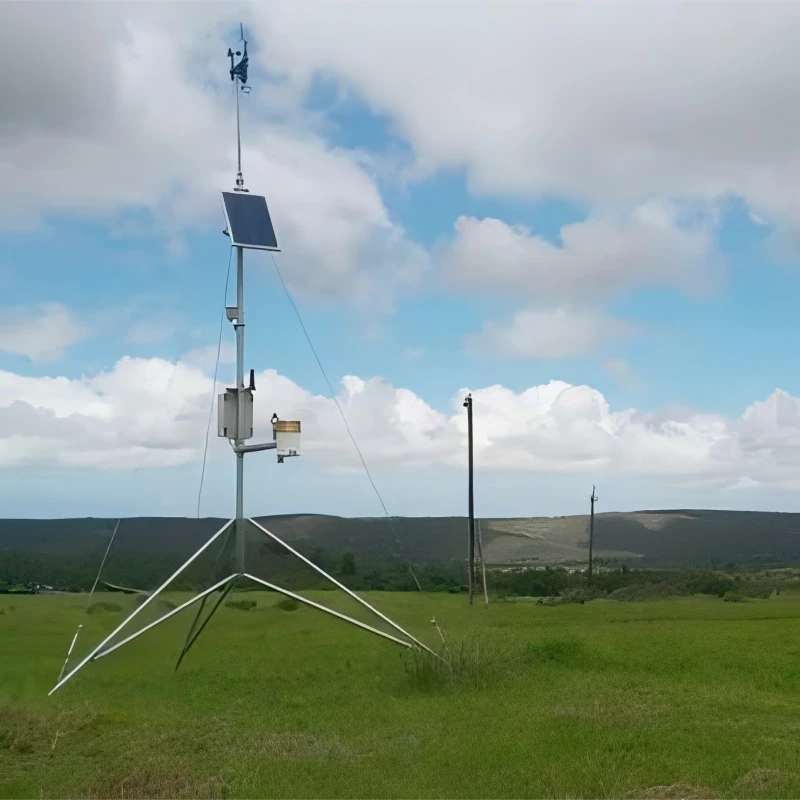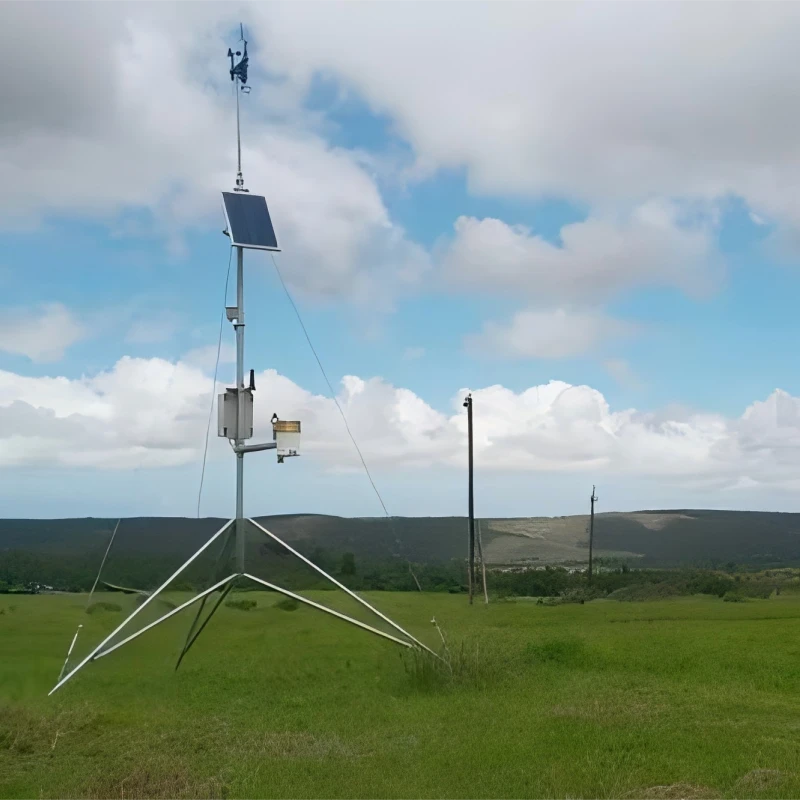
# Weather Measuring Instruments: Essential Tools for Accurate Forecasting
Weather forecasting is a critical aspect of modern life, influencing everything from daily activities to large-scale agricultural and industrial planning. At the heart of accurate weather prediction lies a suite of sophisticated weather measuring instruments. These tools are designed to capture and analyze atmospheric conditions, providing the data necessary for meteorologists to make informed forecasts.
## The Role of Weather Measuring Instruments
Weather measuring instruments are essential for collecting data on various atmospheric parameters. These parameters include temperature, humidity, wind speed, wind direction, atmospheric pressure, and precipitation. Each of these factors plays a crucial role in understanding and predicting weather patterns.
### Temperature Measurement
One of the most fundamental weather parameters is temperature. Thermometers are the primary instruments used to measure air temperature. Modern thermometers often use electronic sensors that provide precise readings and can be integrated into automated weather stations.
### Humidity Measurement
Humidity, or the amount of water vapor in the air, is another critical factor. Hygrometers are used to measure humidity levels. These instruments can be based on various principles, including the use of hair tension, electrical resistance, or capacitive sensors.
### Wind Speed and Direction
Anemometers are used to measure wind speed, while wind vanes determine wind direction. These instruments are often mounted on weather stations and provide continuous data that is crucial for understanding wind patterns and their impact on weather systems.
### Atmospheric Pressure
Barometers measure atmospheric pressure, which is a key indicator of weather changes. A drop in pressure often indicates an approaching storm, while a rise in pressure suggests fair weather. Modern barometers are highly accurate and can detect even minor changes in pressure.
### Precipitation Measurement
Rain gauges are used to measure the amount of precipitation, including rain, snow, and hail. These instruments come in various designs, from simple collection containers to more sophisticated tipping bucket rain gauges that provide real-time data.
## Advanced Weather Measuring Instruments
In addition to the basic instruments, advanced tools are used for more detailed and specialized measurements. These include:
– Radiosondes: These are balloon-borne instruments that measure atmospheric parameters at various altitudes, providing vertical profiles of the atmosphere.
– Weather Radars: These instruments use radio waves to detect precipitation, measure its intensity, and track its movement.
– Satellite Imagery: Satellites provide a global perspective on weather patterns, capturing images and data that are invaluable for large-scale forecasting.
## The Importance of Accurate Data
Accurate weather forecasting relies on the precise and reliable data provided by these instruments. Errors in measurement can lead to incorrect forecasts, which can have significant consequences. Therefore, regular calibration and maintenance of weather measuring instruments are essential to ensure their accuracy.
## Conclusion
Weather measuring instruments are indispensable tools for meteorologists and weather enthusiasts alike. They provide the data necessary to understand and predict weather patterns, helping us prepare for and respond to atmospheric changes. As technology advances, these instruments continue to evolve, offering even greater accuracy and reliability in weather forecasting.
By understanding the role and function of these essential tools, we can better appreciate the complexity and importance of weather forecasting in our daily lives.
Keyword: weather measuring instruments
